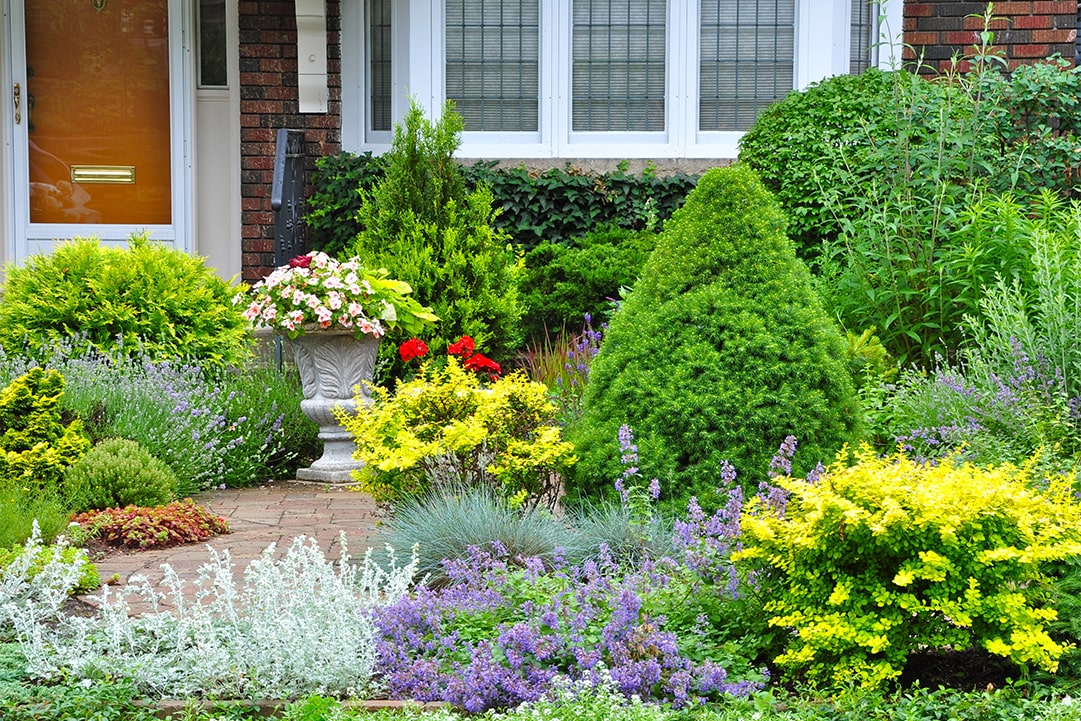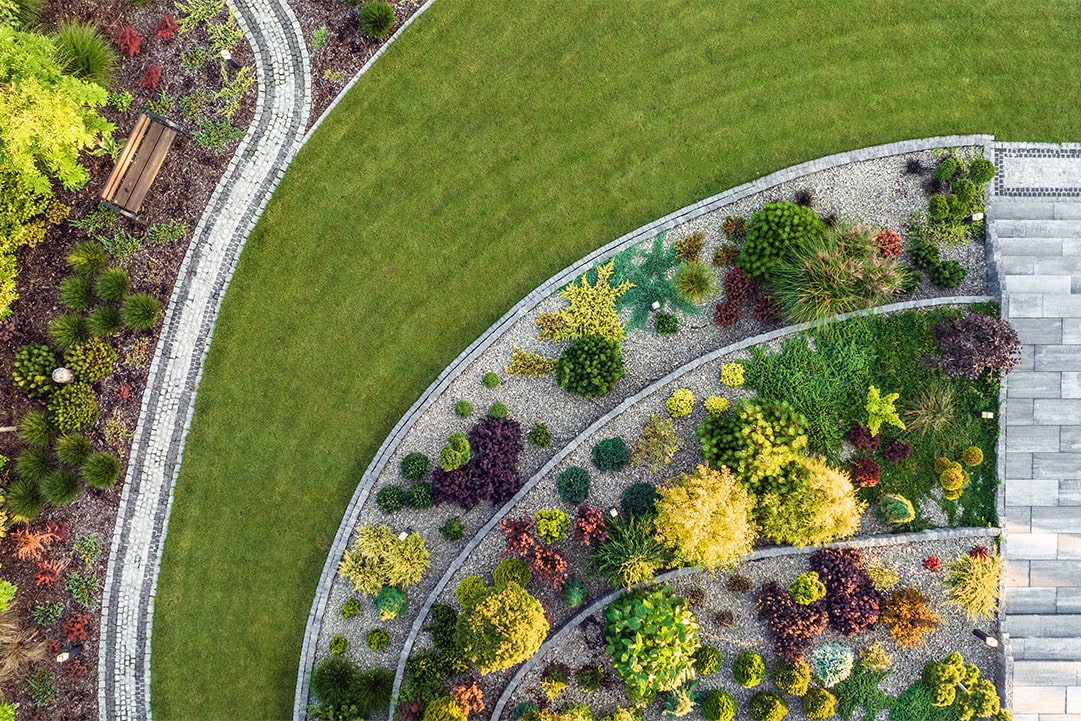Spring heralds a season of renewal, a time when the landscape awakens from its winter slumber, brimming with potential. This transition period offers a unique opportunity to prepare your outdoor space, ensuring it flourishes in the coming months.
Recognizing the importance of early landscape preparation can transform your garden into a vibrant oasis in 2024. In this article, you will learn:
- The significance of early planning for landscape success.
- Essential steps to effectively prepare your landscape for spring.
- Expert tips for cultivating a lush and thriving garden.
Embark on this journey to unlock the full potential of your landscape as we dive into the essentials of early spring preparation.
Laying the Groundwork for Spring
Understanding Your Landscape’s Needs
Every landscape has its unique characteristics and requirements. To bring out the best in your garden, it’s crucial to understand these specifics. Start by assessing the soil quality and type in your garden; this will guide your choices in amendments and plant selection. Equally important is knowing your hardiness zone, which helps in selecting plants that will thrive in your local climate. This knowledge forms the bedrock of a successful landscape.
Cleaning and Clearing: The First Steps to a Fresh Start
The first physical step towards revitalizing your landscape involves cleaning and clearing. Remove leaves, branches, and other debris accumulated over winter to give your garden a clean slate. This is also the perfect time for pruning and trimming existing plants, setting the stage for robust spring growth. A tidy garden not only looks appealing but also promotes healthier plant life.
Soil Preparation: The Foundation of a Healthy Garden
The health of your garden is deeply rooted in the quality of your soil. Begin by testing the soil’s pH and nutrient levels; this will inform you about the necessary amendments to enhance soil fertility. Amending your soil, whether by adding organic matter or specific nutrients, can significantly boost plant growth and resilience. A well-prepared soil is the foundation of a lush, vibrant garden.
Choosing the Right Plants for Your Landscape
Selecting the right plants is a crucial step in landscape preparation. It’s important to choose species that are well-suited to your local climate and soil conditions. Incorporating native plants can also enhance the sustainability of your garden, as they are adapted to local environmental conditions and often require less maintenance. When selecting plants, consider their growth habits, bloom times, and how they will fit into the overall design of your garden.
Irrigation and Drainage: Ensuring Adequate Water Flow
Adequate water is essential for a thriving garden, but so is proper drainage. Setting up an effective irrigation system, whether it’s a simple drip system or a more elaborate setup, can ensure your plants receive the right amount of water. Equally important is ensuring good drainage to prevent waterlogging, which can be harmful to plant roots. A well-designed irrigation and drainage system is key to maintaining a healthy landscape.
Fertilization and Mulching: Key for Nutrient-Rich Soil
Fertilization is vital for supplying essential nutrients to your plants. Choose a fertilizer that matches the specific needs of your plants and soil type. Mulching is another crucial aspect, as it helps in retaining soil moisture, regulating soil temperature, and suppressing weeds. Organic mulches, like wood chips or straw, can also improve soil quality as they decompose. Together, fertilization and mulching create a nutrient-rich environment for your plants to flourish.
Pest Control: Protecting Your Garden from Unwanted Guests
A healthy garden often attracts a variety of pests. Identifying common garden pests and understanding their impact is crucial. Methods for controlling pests range from organic solutions, like neem oil and beneficial insects, to chemical pesticides. Choosing the right approach depends on the severity of the infestation and your gardening philosophy. Effective pest control helps ensure your plants grow undisturbed and remain healthy.
Landscaping Design Tips for Aesthetic Appeal
The aesthetic appeal of your landscape is just as important as its health. When designing your garden, consider incorporating elements like pathways, rocks, and borders to add structure and interest. The art of landscaping involves balancing color, texture, and form in your plant selection to create a visually pleasing environment. Thoughtful design turns your garden into a delightful visual experience, reflecting your personal style and enhancing the overall appeal of your property.
Regular Maintenance: The Secret to a Lush Landscape
Regular maintenance is key to a lush and healthy landscape. This includes routine tasks like weeding, watering, and trimming, which keep your garden looking its best. Additionally, understanding and performing seasonal maintenance tasks can be crucial for the longevity and vitality of your plants. A consistent maintenance routine not only preserves the beauty of your landscape but also prevents potential problems before they arise.
Preparing for Next Steps: Continuous Improvement of Your Landscape
As the growing season progresses, take time to reflect on your landscape’s performance. Identify what worked well and areas for improvement. This reflection is vital for continuous improvement. Planning ahead for the next growing season, considering different plant varieties or landscaping techniques, can further enhance your garden’s beauty and productivity. Each season offers lessons and opportunities for growth, making your landscape more resilient and splendid year after year.
FAQs Section
Q: What are the best plants for a spring landscape?
A: The best plants for spring vary based on your local climate and soil conditions. Generally, early bloomers like tulips, daffodils, and pansies are popular. Native plants are also excellent choices for their adaptability and low maintenance.
Q: How often should I water my garden in spring?
A: Watering frequency depends on your soil type and weather conditions. As a general rule, water when the top inch of soil feels dry. Over-watering can be as harmful as under-watering, so it’s important to monitor soil moisture.
Q: Can I start planting in early spring?
A: Yes, you can start planting in early spring, but it’s important to be mindful of frost dates in your area. Hardy plants and cool-season vegetables can be planted before the last frost date, while more sensitive plants should be planted after.
Q: What are some natural ways to enhance soil fertility?
A: Natural ways to enhance soil fertility include adding compost, using organic mulches, practicing crop rotation, and planting cover crops. These methods improve soil structure, add nutrients, and encourage beneficial microbial activity.
In this journey through early landscape preparation, we’ve explored a multitude of steps and strategies to bring your garden to life in 2024. We started by understanding the unique needs of your landscape, followed by cleaning and clearing, which set the foundation for a thriving garden. Soil preparation, selecting the right plants, and establishing efficient irrigation and drainage systems were our next critical steps. We then delved into fertilization, mulching, pest control, and landscaping design, all of which contribute to a lush, healthy garden. Regular maintenance and reflection on the season’s progress were our final, yet ongoing steps towards continuous improvement.
Remember, the key takeaways from this article:
- Early planning is essential for a successful landscape.
- Following key steps ensures effective preparation.
- Implementing expert tips leads to a lush, healthy garden.




